The sculpture is unmarked, but it is evident that the piece was crafted in the style of Vion et Baury. It is possible that this sculpture is an original work of this legendary manufactory, but over time, the blue embossed 'VB' mark has worn off. Blue embossed marks were used on Vion et Baury products until the mid-1870s, after which the green anchor stamps became standard.
Another possibility is that a small French porcelain factory acquired an unpainted blank from Vion et Baury, and an artist from that factory hand-painted the figurine. This was a common practice among the many Parisian manufactories of the time. The figurine is flawlessly painted and exhibits exceptional craftsmanship, indicating the extraordinary skill of the artist, whoever they may have been.
In the 19th century, France had over 100 porcelain factories, ranging from large manufacturers to small workshops. Some of the most renowned included the Sèvres Manufactory (the royal factory), Limoges factories such as Haviland & Co., Bernardaud, and Royal Limoges, as well as Parisian makers like Vion et Baury and Jacob Petit. In Paris alone, there were between 20 and 40 small workshops producing "Parisian porcelain," often referred to as "Vieux Paris" (Old Paris). The exact number is difficult to determine, as many workshops changed owners or names, and others were short-lived. Overall, France was one of the leading porcelain producers in Europe during the 19th century.
Dimensions:








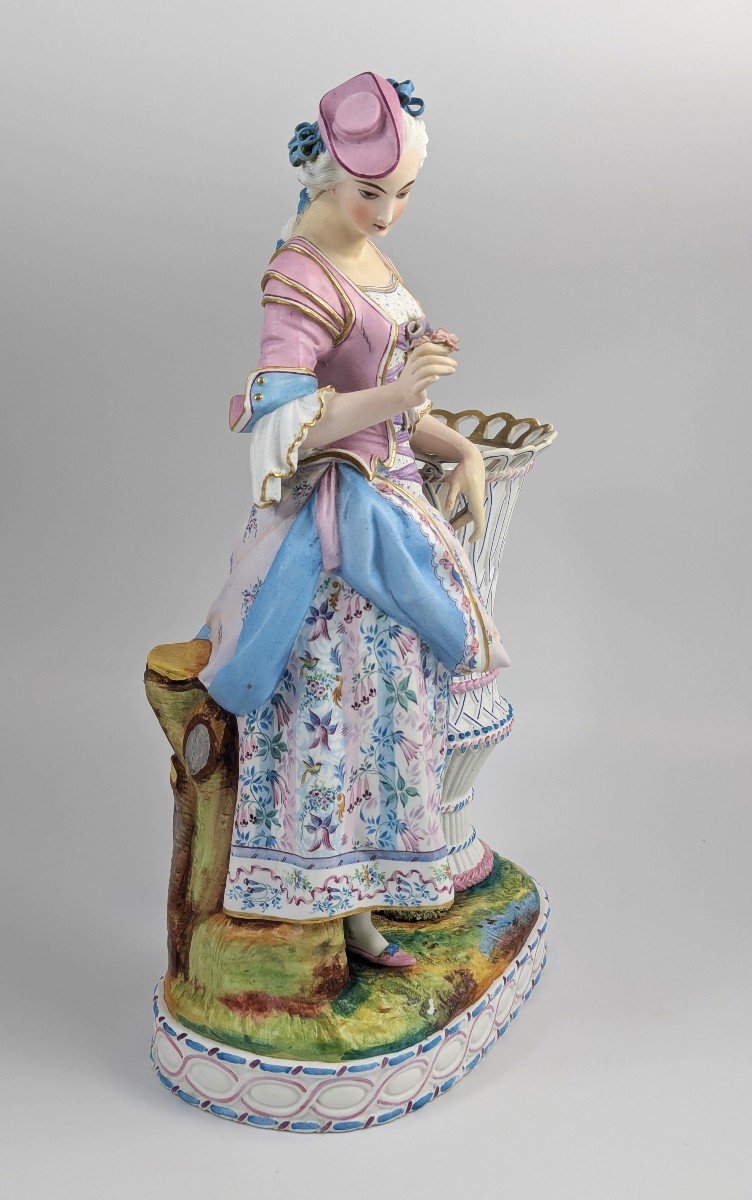



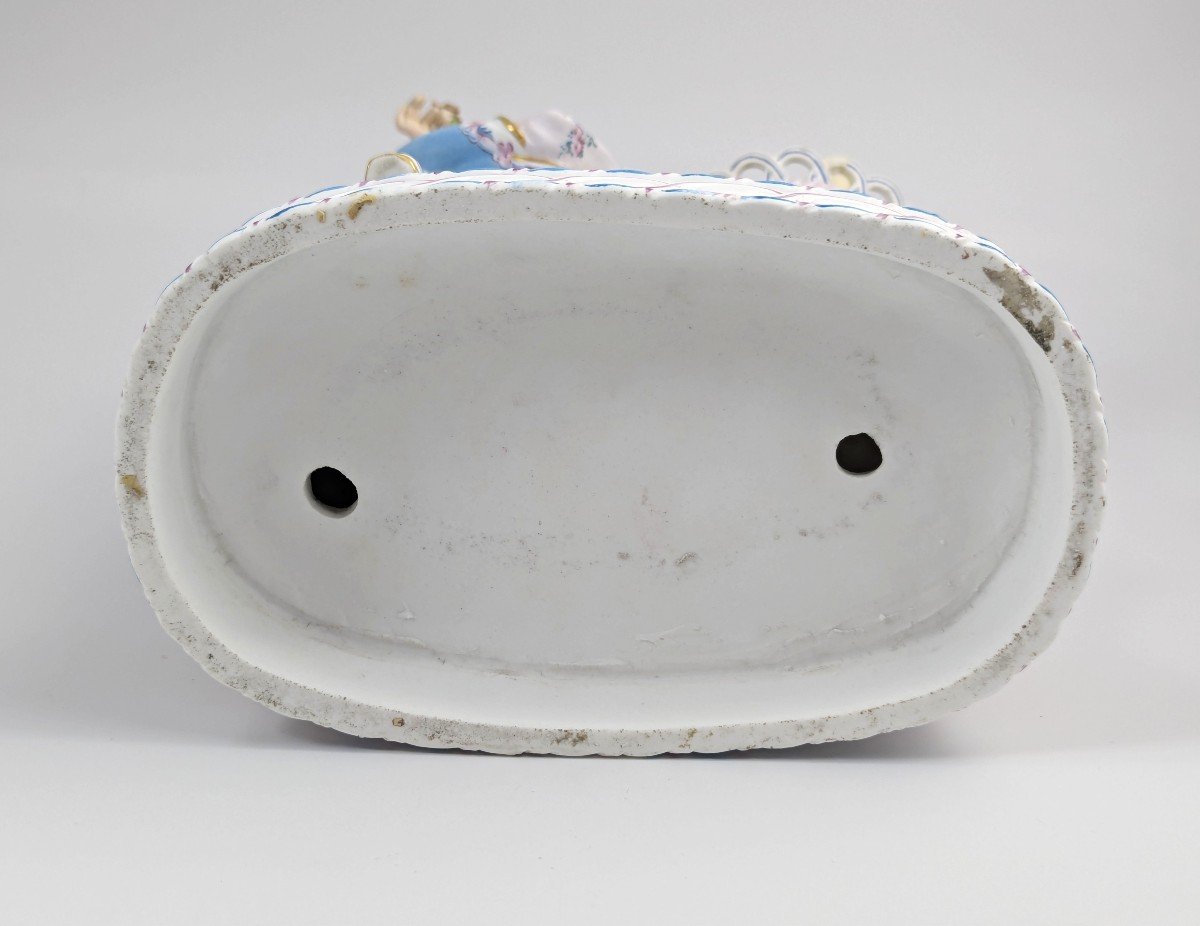
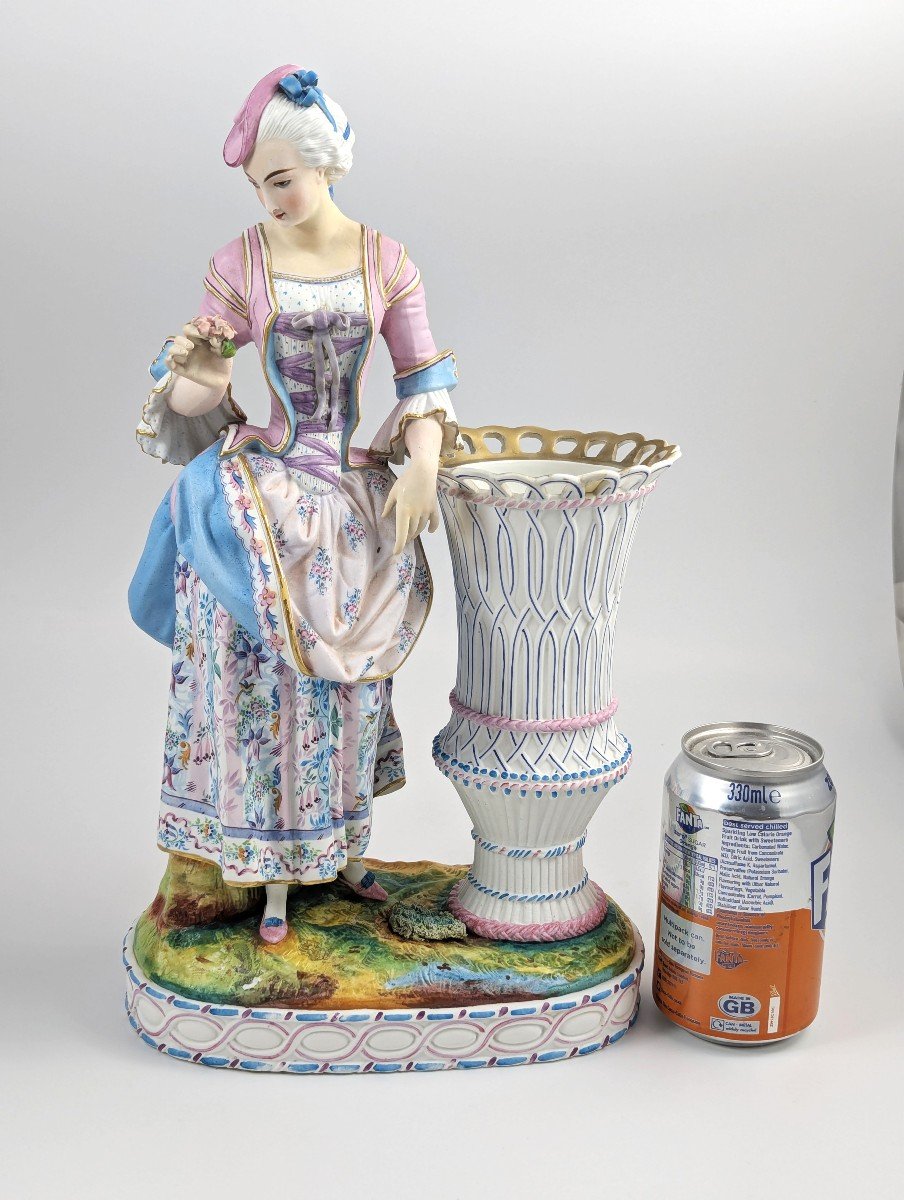

















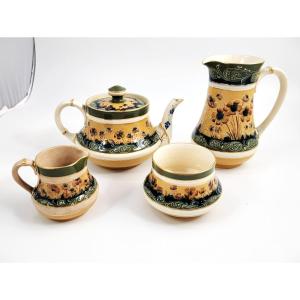








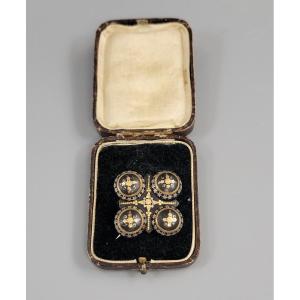




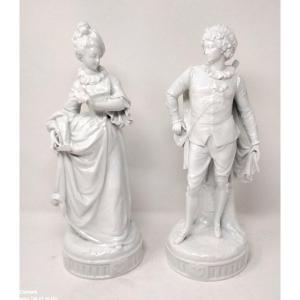



 Le Magazine de PROANTIC
Le Magazine de PROANTIC TRÉSORS Magazine
TRÉSORS Magazine Rivista Artiquariato
Rivista Artiquariato